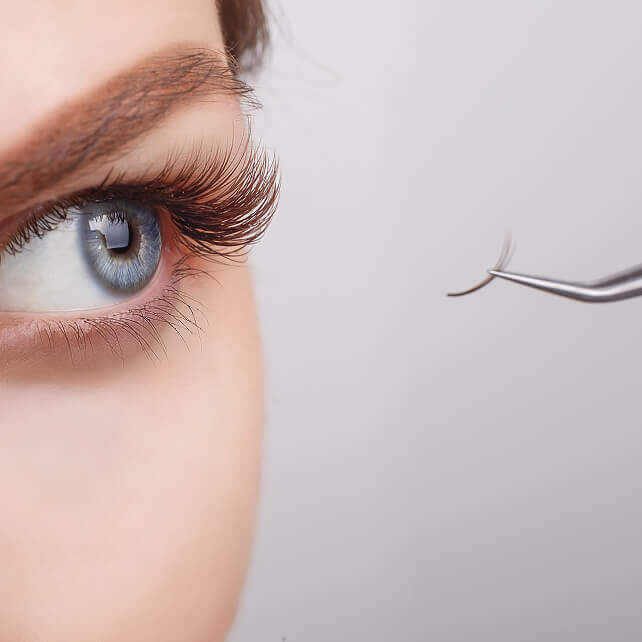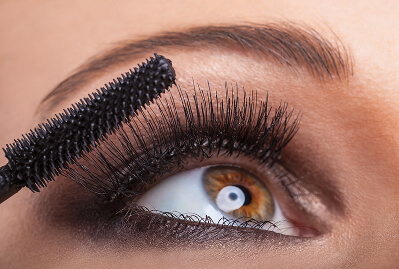Eyelashes

Experience Premier
Eyelash Services in North Fort Myers, FL
Mylash Lounge is devoted to bringing out the best of your natural beauty with stunning lash artistry. Our skilled technicians are dedicated to offering customized services that blend precision and luxury to deliver the finest beauty experience in North Fort Myers, FL.
Breathtaking Volume Eyelash Extensions
Experience the dramatic difference of our volume eyelash extensions, carefully crafted to achieve a fuller, more dramatic effect. Our experts take special care to apply each lash individually, so your eyes are sure to dazzle with a natural, yet enhanced, beauty. Through our dedication to excellence, our volume eyelash extensions not only bring glamour but also preserve the health and integrity of your natural lashes.


Elegant Eyelash Lift and Tint in North Fort Myers, FL
Enhance your daily look with our polished eyelash lift and tint treatment. This procedure skillfully curls and darkens the natural color of your lashes, providing a fresh and youthful look without the hassle of daily upkeep. Enjoy the easy sophistication of an eyelash lift and tint that makes your eyes look their best and remains low-maintenance and lovely.
Comprehensive Eyelash Repair
Along with our exclusive treatments, we provide thorough eyelash repair during those occasions when your lashes require a little extra attention. Our professional eyelash repair treatments are specifically designed to restore and rejuvenate damaged lashes, making your eyes look their best always. Whether you are recovering from excess usage or you want to enhance your appearance, our services provide sound and revitalizing results.
Book an appointment with Mylash Lounge for expert volume eyelash extensions, lift and tint, and repair services!
